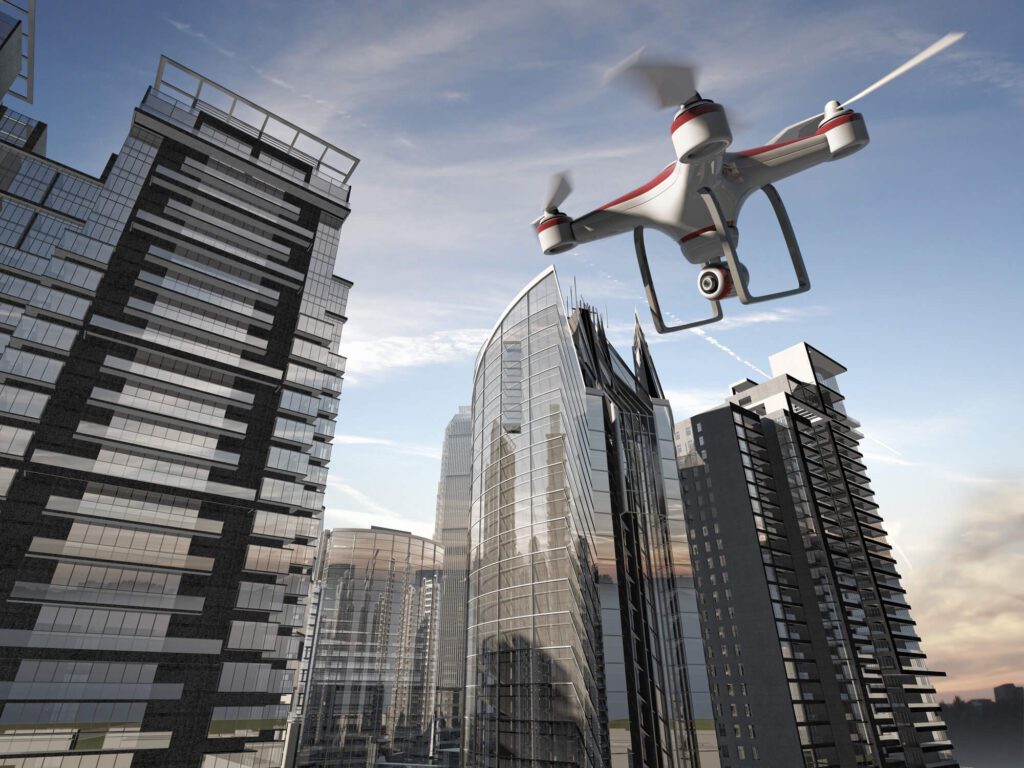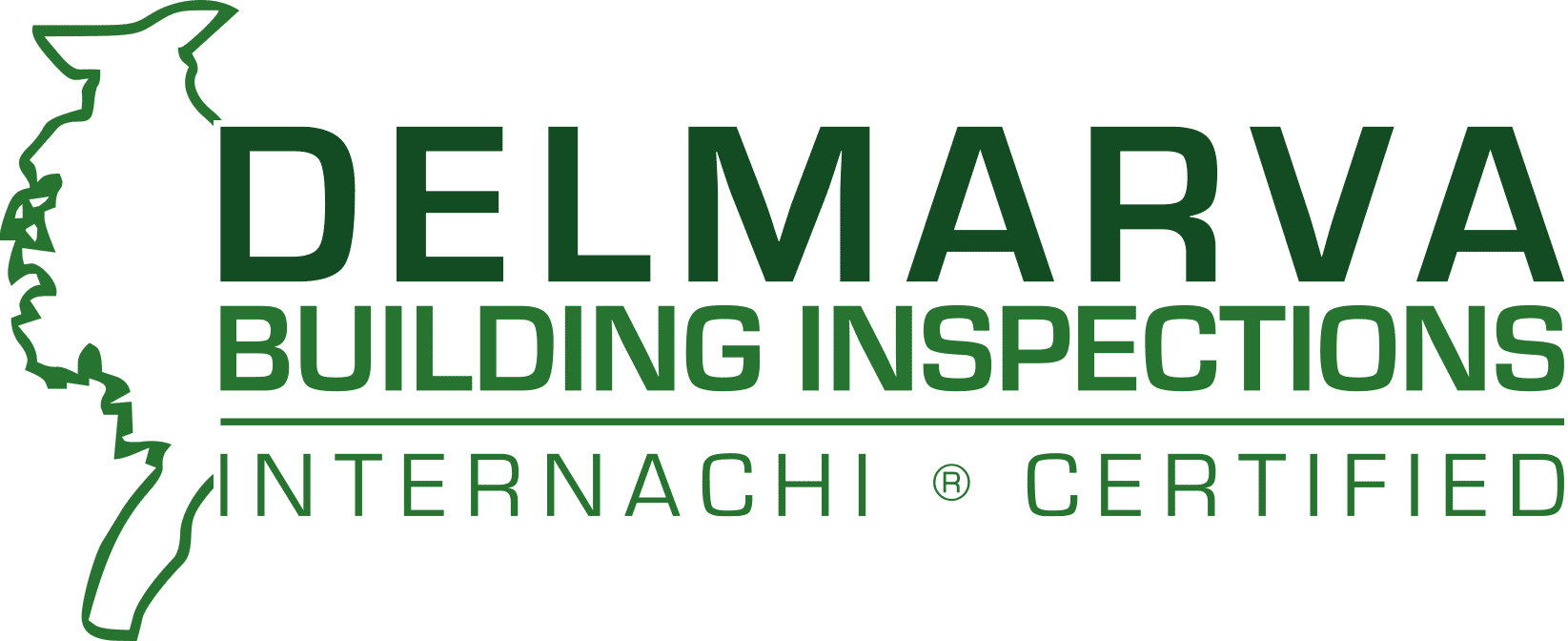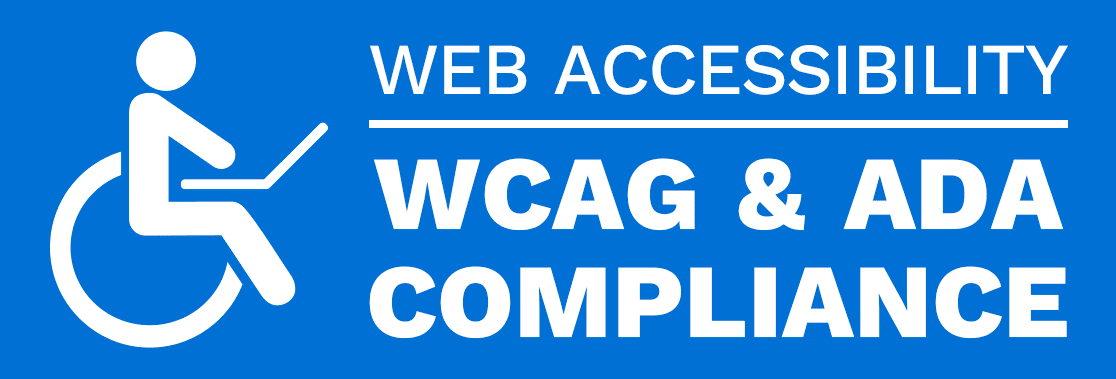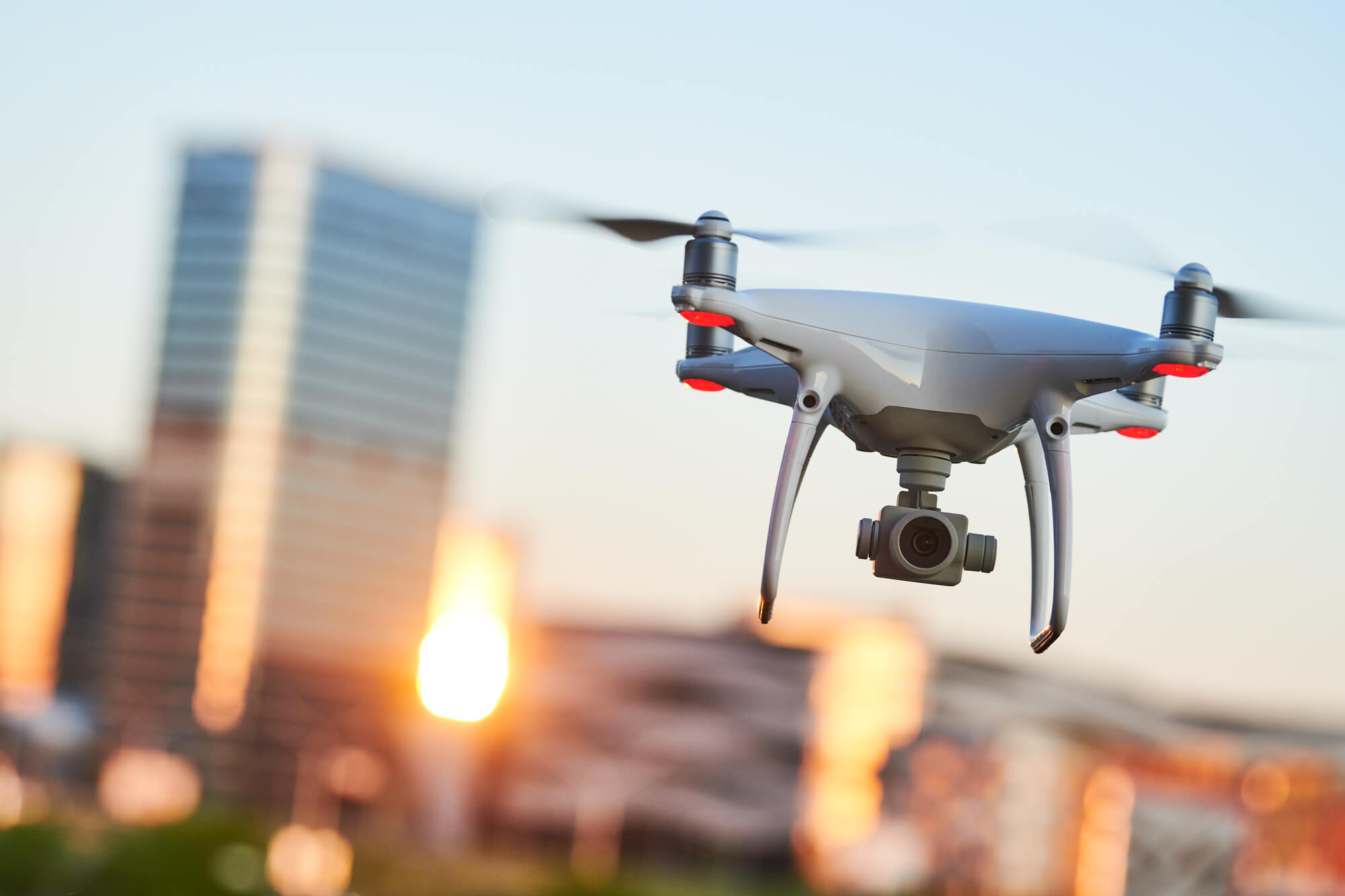Drones have improved building inspections by providing safer, faster, and more cost-effective ways to collect data and determine building conditions. Here are some of the key ways that drones have transformed the building inspection process:
- Improved safety: Building inspections can be dangerous work, particularly accessing hard-to-reach areas or inspecting roofs and other high-up parts of buildings. With drones, inspectors can now safely and easily access these areas without putting themselves at risk.
- Enhanced efficiency: Drones can collect high-quality data and images of buildings quickly and efficiently. This means inspections can be completed much faster than traditional methods. It also reduces the amount of time and resources required to conduct inspections.
- Increased accuracy: Drones get equipped with high-quality cameras and sensors. They can capture detailed images of buildings to identify issues and potential problems. This data can be analyzed using software and algorithms to help identify areas of concern and potential safety hazards.
- Reduced costs: By reducing the time and resources needed to conduct inspections, drones can significantly reduce the cost of building inspections. This can be especially beneficial for large or complex buildings, where traditional inspections can be time-consuming and expensive.
- Improved data analysis: With data collected by drones, inspectors can access a more comprehensive and detailed view of buildings than ever before. This data can be analyzed using advanced software tools, allowing for accurate assessments of building conditions and potential problems.
Overall, the use of drones in building inspections has revolutionized the industry, making inspections faster, safer, and more accurate than before. As drone technology continues to evolve, we’ll likely see even more advancements in this area in the future.

Is A License Required To Fly A Drone For Home And Building Inspections?
The answer to this question may vary depending on the country or region where you are located. Different areas may have different regulations related to using drones for home or building inspections. Many counties or states require that individuals obtain a license to operate a drone for commercial purposes, including home inspections. Therefore, even if you are not receiving payment for your inspection services, using a drone for this purpose may still be considered a commercial operation under some regulations.
Get The Latest Information About The Rules And Requirements
To ensure that you are complying with local laws and regulations, research the requirements for drone use in your area. For example, you may need to obtain a remote pilot license or certification. In some cases, you’ll need to register your drone with the relevant authorities. Follow specific rules and guidelines related to drone operation, such as flying within certain altitude limits and avoiding certain types of airspace. Check with local authorities or a professional drone pilot in your area to get the latest information. You will want to know about the rules and requirements for drone use in your specific situation.
A License Or Certification Is Required To Fly A Drone In Maryland
A license or certification is required to fly a drone in Maryland if you plan to use it for commercial purposes. In addition, the Federal Aviation Administration (FAA) requires all commercial drone operators to obtain a Remote Pilot Certificate by passing the FAA Part 107 exam.
If you plan to fly a drone for recreational purposes, you do not need a license. Just follow the FAA’s recreational guidelines. These guidelines include flying for fun and not for compensation and flying below 400 feet. Also, keep the drone within a visual line of sight. Check with local and state authorities to ensure no additional requirements or restrictions for drone flying in your area.
The same is true for Delaware. A license or certification is required to fly a drone in Delaware if you plan to use it for commercial purposes. The Federal Aviation Administration (FAA) requires all commercial drone operators in Delaware to obtain a Remote Pilot Certificate by passing the FAA Part 107 exam.
Are Drones Capable Of Inspecting Inside A Building?
Yes, drones can get used for inspecting the inside of a building. Their ability to do so will depend on the size and design of the building and the specific type of drone used. Some drones are designed specifically for indoor use. They can fly in tight spaces, such as corridors and rooms, and even in confined areas like ductwork and ventilation systems. These drones may be equipped with cameras, sensors, and other specialized equipment that allow them to catch high-quality images. Some drones can also video and capture additional data used for inspection purposes.
Overall, Using A Drone May Be Cost Effective
Drones may be better suited for inspecting the exterior of a building, such as its roof, walls, and other structures. Drones may be equipped with cameras and sensors to capture detailed images of the building’s exterior. This allows inspectors to identify potential issues like leaks, cracks, and other damage. Overall, using drones for building inspections can be an efficient and cost-effective way to gather information and identify potential issues. However, ensure that the drone operator is properly trained, and certified and that all local and federal regulations get followed.
Delmarva Building Inspections (DBI) is an FAA Certified Unmanned Aerial System Pilot 10387655 – 20220831-00677 and a certified private pilot with an instrument rating. When you’re ready for a building inspection, DMI has you covered.


















